6 Steps to Sculpt Your Ultimate Body While Melting Fat
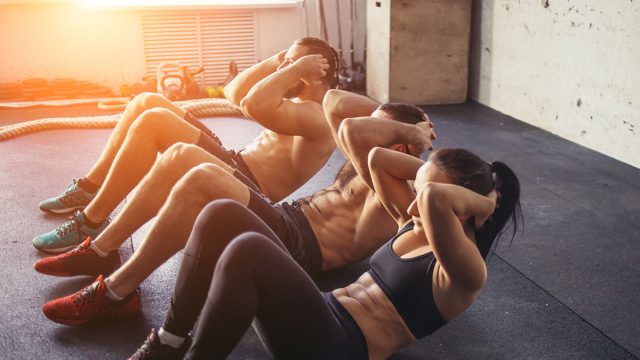
As a Triathlete and CrossFit enthusiast who has conquered 15 Ironman Triathlons, including the World Championship, I now use my exercise science insights to enhance strength training for athletes—so I know how to sculpt your ultimate body while melting fat.
The six fundamental principles of fat loss and muscle sculpting are consistency, strength training over cardio, progressive overload, compound movements, HIIT workouts, and proper form and technique.
If you ask others, they may have other ideas or thoughts, but these six are the ones that will stick out for me. Over the last 20+ years, I have seen my clients build off these principles, either getting ready for an Ironman Triathlon or making a change for themselves, physically and mentally, through strength training, nutrition, and mindset.
Here is my list in NO particular order.
Consistency
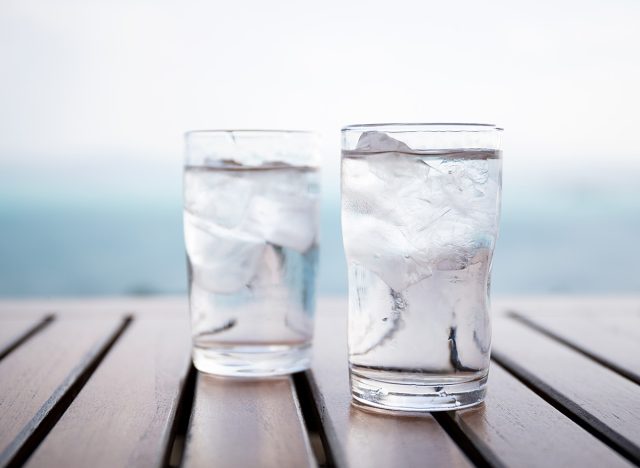
According to the definition in the Cambridge Dictionary, "the quality of always behaving or performing in a similar way, or of always happening in a similar way."
When I work with clients, I will start getting them to develop habits and being consistent with some of the most simple things, such as drinking 90 oz of water, going to the gym at the same time, and getting up at the same time.
Once you start developing habits, the consistency of going to the gym or working out will get easier. You will start seeing a change or a shift physically and mentally.
For example, suppose you start getting up at 5:30 am to make it to the gym by 6:00 am soon. In that case, you will be getting up before your alarm, craving the gym, wanting to see the results, and figuring out how to maintain those results long-term vs. getting ready for an event (high school reunion, a wedding, or a vacation.
Related: Fitness Instructor Maddie Lymburner Reveals the "Change" That Transformed Her Body
Strength Training over Cardio

I know. I know. But Coach Jen, I need to run/walk/bike/swim to lose weight.
No, you don't. Let me explain.
First of all, doing a one-hour weight training session typically won't burn many calories in just one session, like a cardio session will burn, but with strength training, you can burn more calories beyond that one hour that you were in the gym.
Next, weight training will be more effective than cardio in building lean muscle. It will also burn more calories at rest, including fat.
After a strength training session, the body will recover from your session and will help build and repair the muscle tissue.
While your watch may say that you burned X amount in your run or bike, it may say that you burned X amount in your strength training, but it doesn't count what it is burning beyond that hour in the gym.
Progressive Overload
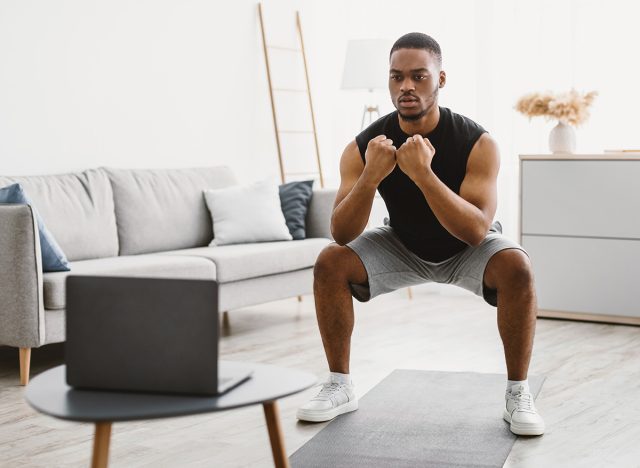
I am geeking over here. Let's tap into the Exercise Science of Kinesiology.
Progressive Overload, or "The Principle of Progressive," is a simple term that involves gradually increasing your intensity or difficulty in workouts over time. For example, I will not ask someone brand new to do back squats with the bar. They may still need the proper form (see 5th step), so I would ask them to do an air squat first and then add weight later in their program.
With progressive overload, the goal is to challenge the body, but be mindful of how much you push/pull/squat/etc; for each workout. The rule of thumb is to ensure you are not increasing more than 10%.
P.S. I use this same rule of thumb for running!
HIIT

I am sure many have heard of High Interval Intensity Training, HIIT, but what is it? In simple terms, work harder in a shorter period.
You will undergo a quick and intense exercise with a short recovery period. You will get your heart rate up quickly, burn more calories in less time, AND more efficiently.
One of my favorite exercises for a HIIT workout is no more than 12 minutes, called Every Minute on the Minute (EMOM).
EMOM 12 minutes:
Odd – 50 seconds of Air Squats (Jumping Squats or Goblet Squats) with a 10-second rest.
Even – 50 seconds of push-ups (Regular push-ups, On your knees, using a bench or a wall) with a 10-second rest.
The goal is to go hard for those 50 seconds with 10 seconds of rest. Your heart rate will spike during those 12 minutes of work, much faster than you may be going out for a long, slow, steady 20-minute run.
Related: I Lost 160 Pounds Eating These High-Protein Snacks
Proper Form and Technique

You can not put a band-aid on a bad form. You may see bad form on TikTok/Reels of the epic fails in the gym. My goal is that you are not that person!
What do I suggest to learn how to understand proper form and technique? Hire a personal trainer or a coach, or head to a boutique gym or even a CrossFit gym, and have someone teach you how to do compound movements (see step 6!)
As an online fitness coach, I will ask my clients a series of questions before they start strength training and find out if they truly understand the concept of strength training. If they are not comfortable getting under a bar yet, that is OK; I will work their way up to get under a bar, as we already learned about progressive overload.
Compound Movements
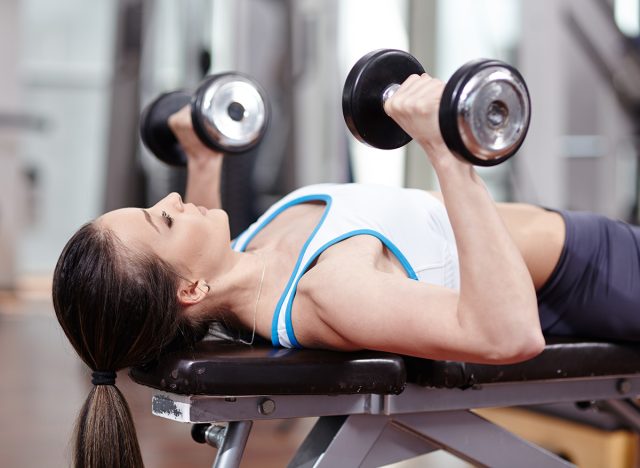
I want to drool when I think about compound movements. First of all, what is the definition of compound movements? A compound movement will use several muscle groups at the same time to perform a movement.
Can you guess some of the major compound movements?
- Squats
- Deadlifts
- Push Ups
- Pull Ups
- Bulgarian Split Squats
- Bench Press
- Push Press
- Bentover Rows
- Bicep Curls
- Dips
Why do we want to do compound movements in a strength training routine to sculpt our bodies while melting fat?
You can use many muscles simultaneously, which is an easier way for progressive overload and helps with more robust, denser bones. When muscles and strength increase, bones will become stronger and denser, and as we age, bone density gets very weak, as you see a lot of older folks breaking their bones.
Related: Benchmark Your Progress with Our Lean Body Mass Calculator
Common Mistakes to Avoid
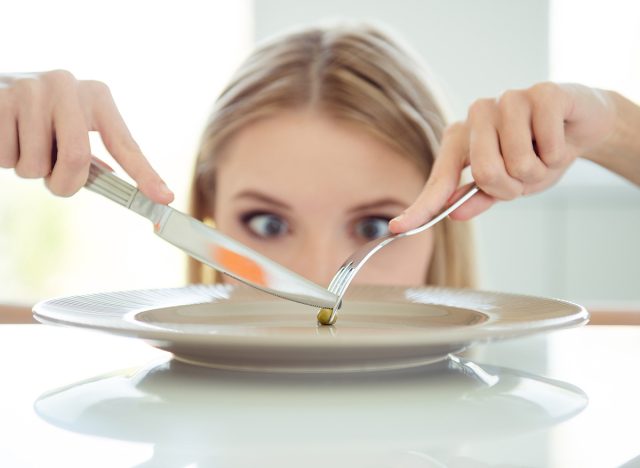
The two biggest mistakes I see people make when trying to lose fat and sculpt their bodies are not eating enough food, not doing strength training, and only doing cardio.
Many clients I have worked with are under-fueled and want cardio because they think this is the fastest way to get shredded. It is quite the opposite.
My coaching program ensures that my clients consume enough calories for their daily lives and goals. If they want to drop weight, we will focus on their nutrition and a specific strength training program. If you want to learn more about how I work with clients, fill out this form and let's get on a call today. And if you enjoyed this article, don't miss out on 7 Ultimate Strength Exercises by Ironman Star Jennifer Rulon.
💪🔥Body Booster: Start by forming simple habits like drinking 90 oz of water daily, hitting the gym, and waking up at a fixed time. Consistency in these habits will make workouts easier and bring physical and mental changes.
Jen Rulon's transformation from a 15x Ironman triathlete to an everyday healthy human unfolded through a blend of strength training, walks, healthy eating, meditation, surfing, journaling, setting boundaries, and embracing life in Costa Rica, embodying her passion for fitness and authentic living.




